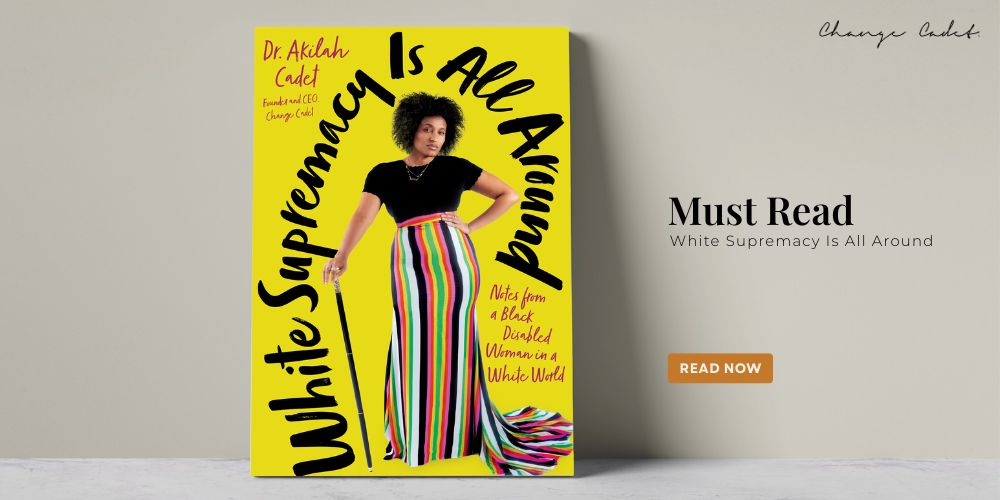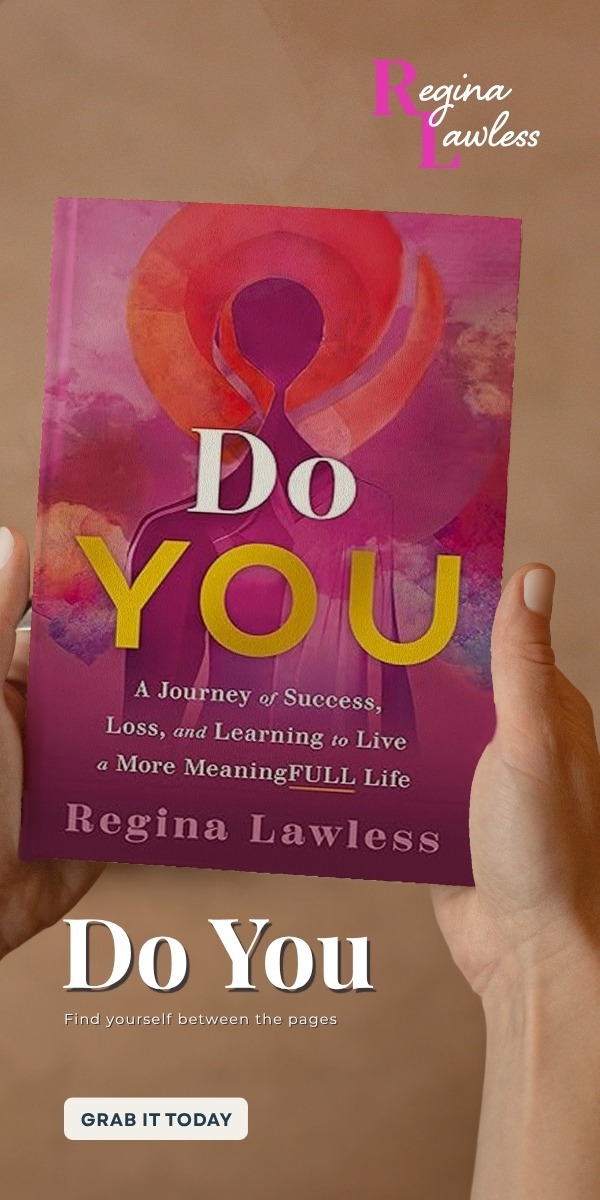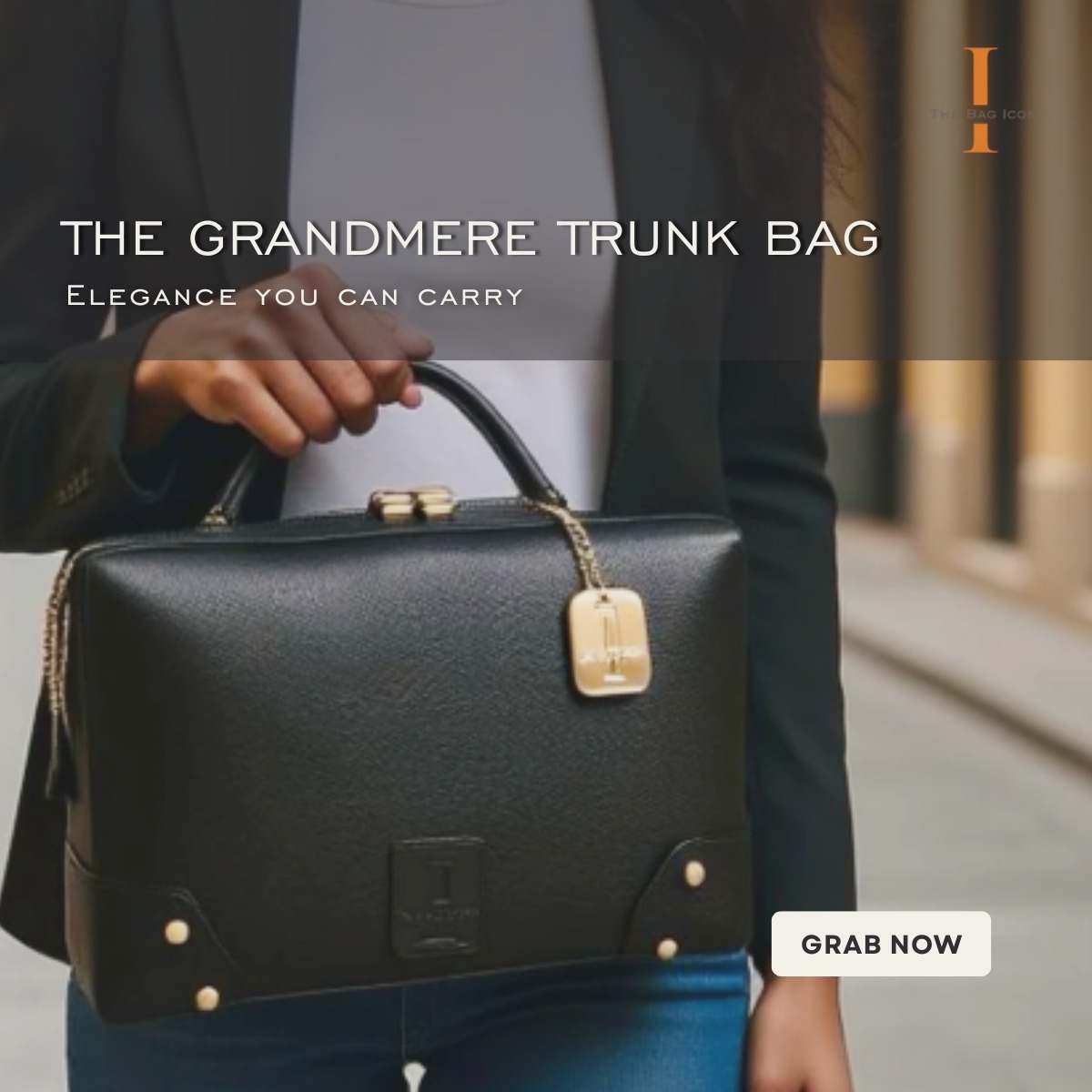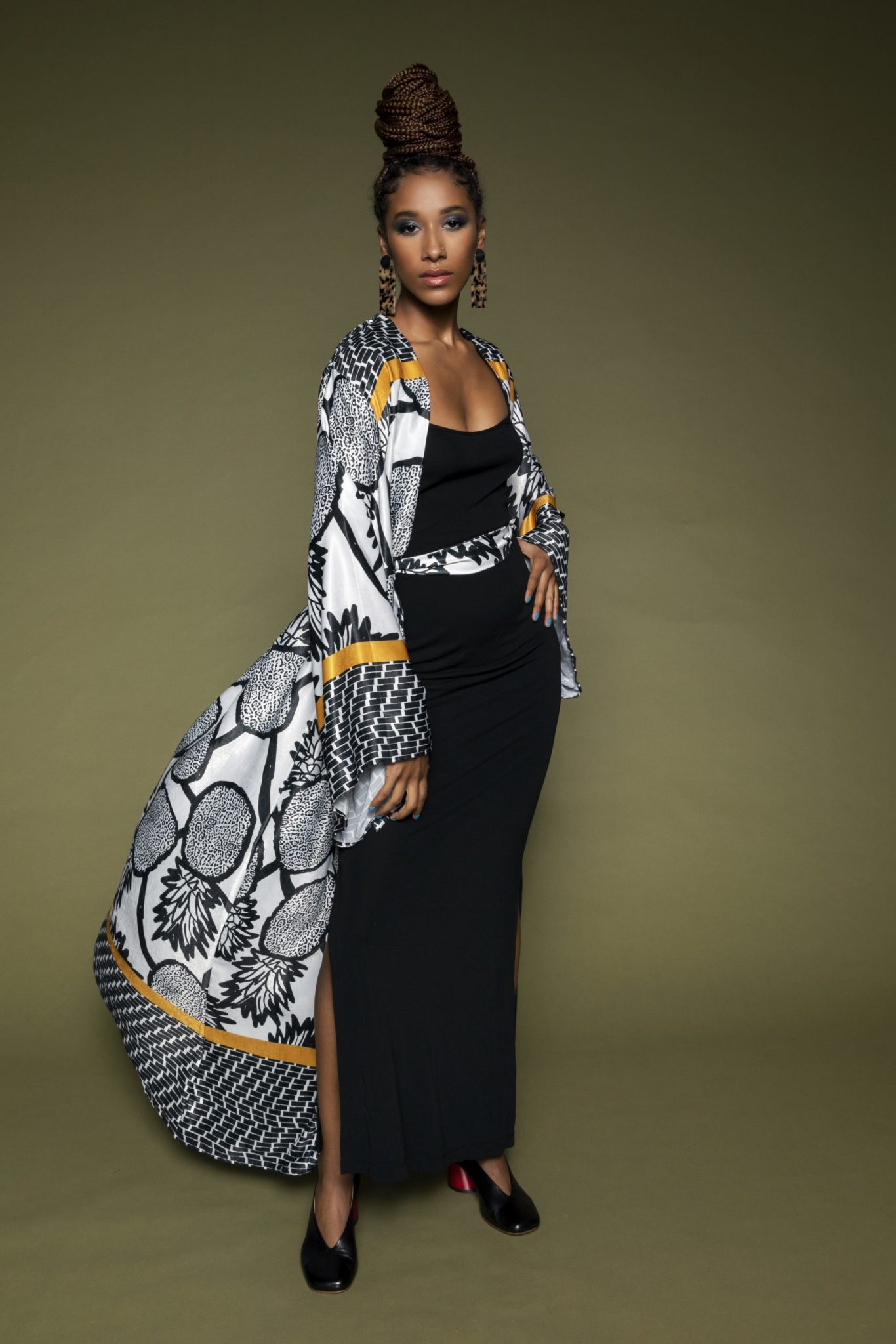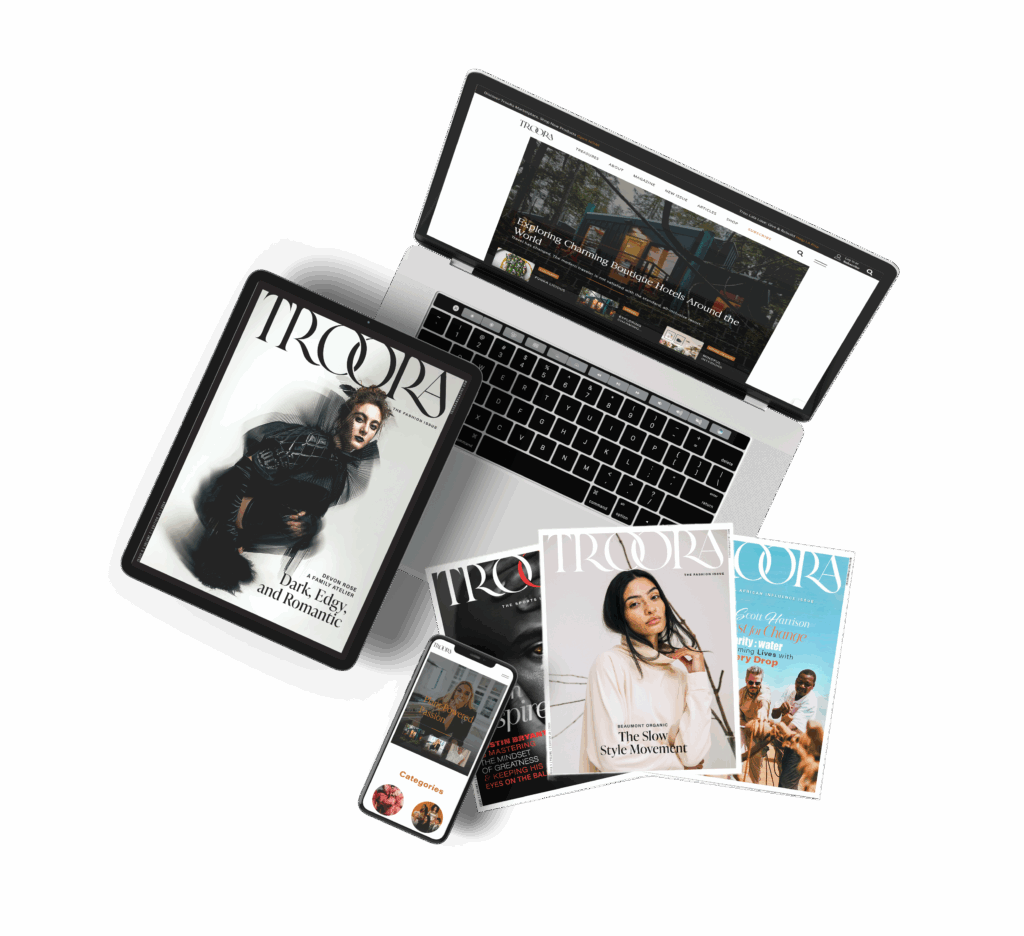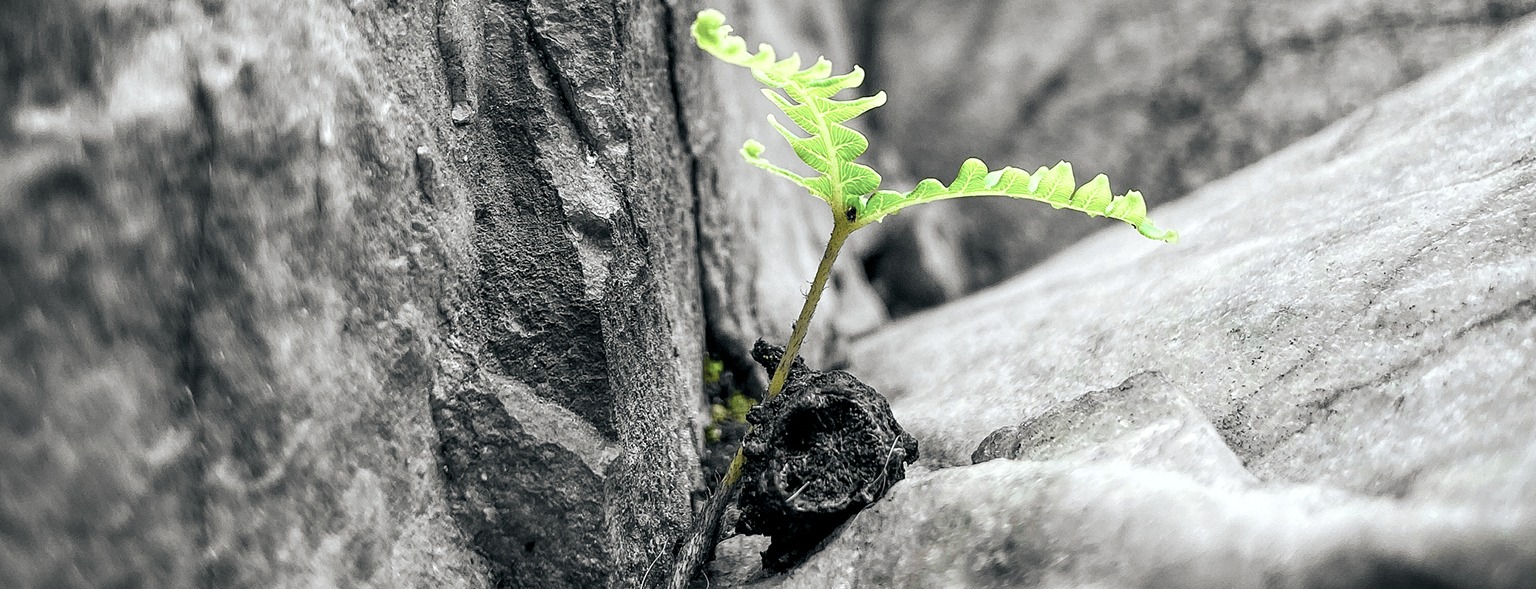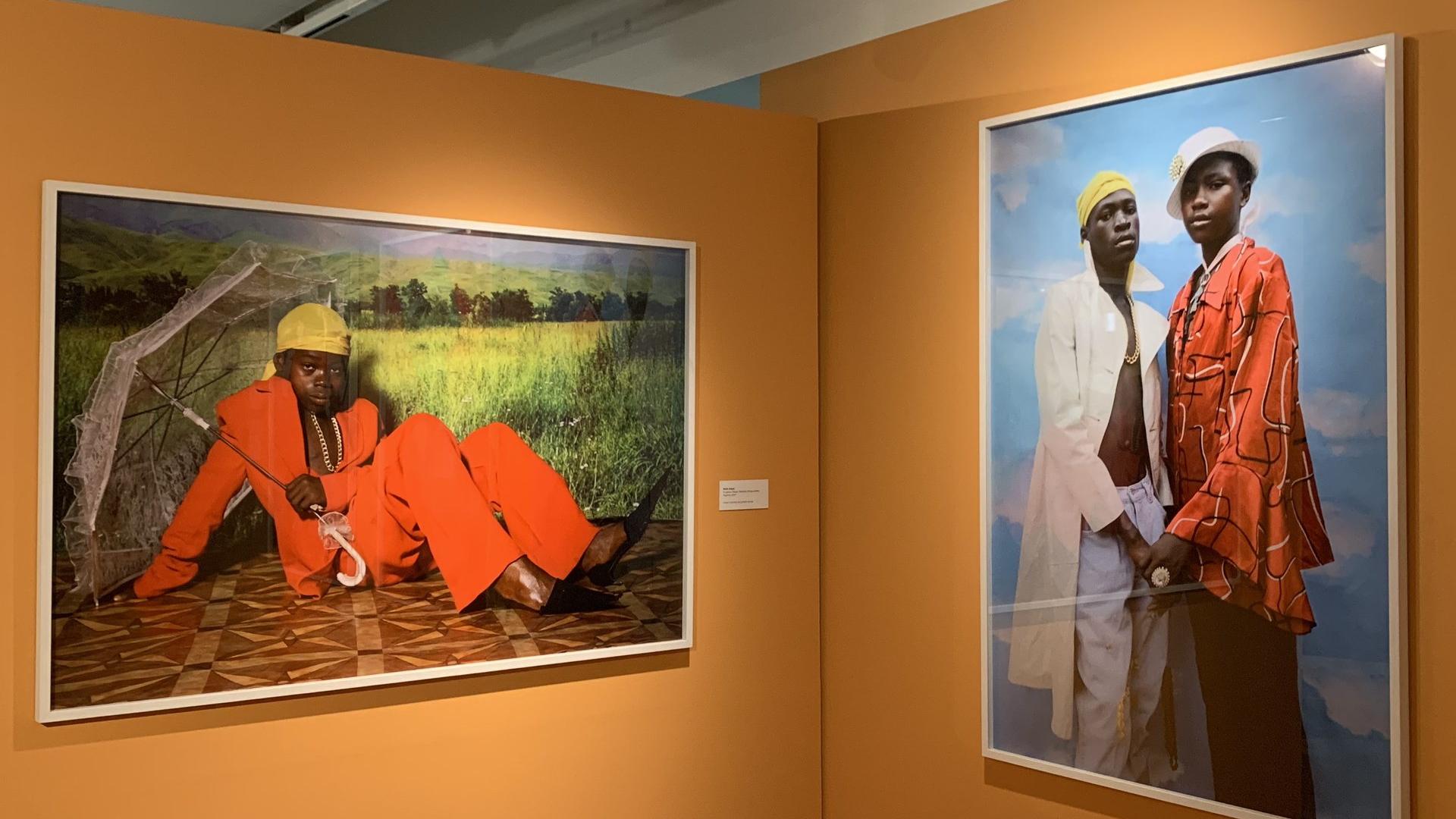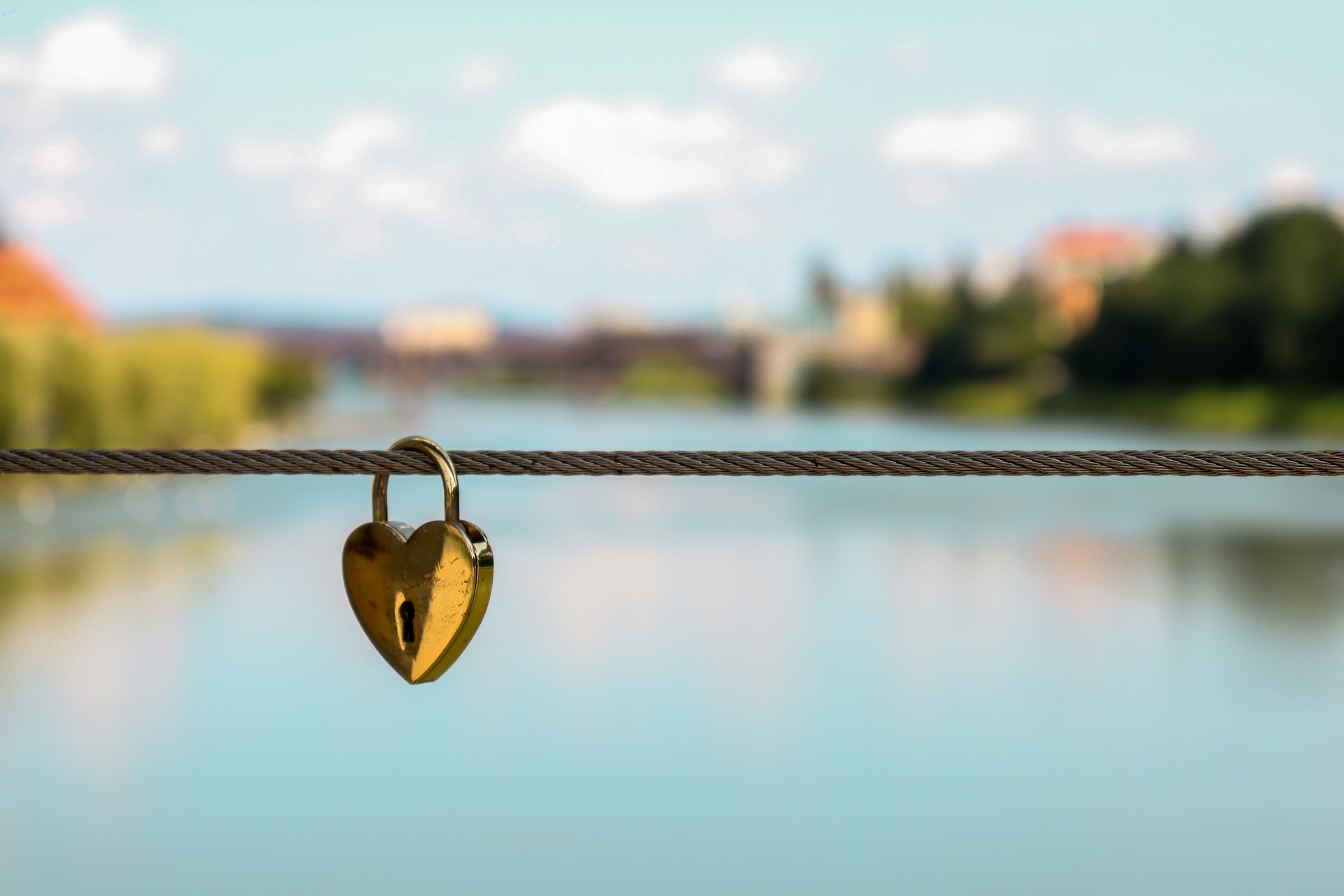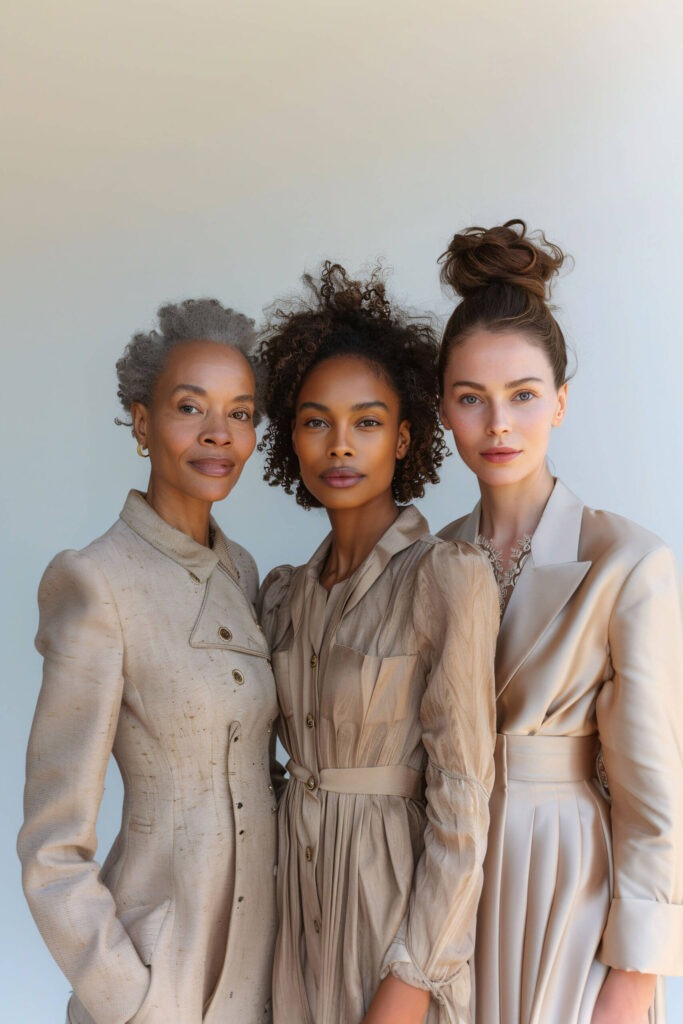Before the read
Through quiet but deliberate policy rollbacks, government websites, surveys, and cultural spaces are scrubbing out queer presence and identity.
Because representation affirms existence—and erasing that visibility weakens progress, silences communities, and rewrites history.
They go beyond symbolism, directly affecting health access, education, cultural recognition, and personal safety for queer individuals.
LGBTQ+ visibility matters. We’ve heard this multiple times before, but it’s not just a slogan. It’s a lifeline for members of the community. When the government systematically removes visibility, the harm is both symbolic and practical. Identities fade, government policies ignore people’s lived realities, and minority communities lose opportunities.

The actions of the Trump administration, from taking LGBTQ+–focused content off federal sites to eliminating LGBTQ+–focused data questions in surveys and using “snitch” mechanisms in the education sector, are striking examples of how erasure can be weaponized as a political strategy to erase, silence, and delegitimize queer lives. These actions show that there is an ongoing political assault on LGBTQ+ visibility, and there is a need for resistance, not just from the queer community but from everyone, because injustice to one is injustice to all.
A Vanishing Act in Plain Sight
From the earliest days of his first term and throughout his second, Donald Trump began issuing executive actions and directives that directly targeted LGBTQ+ visibility. In early 2017, just weeks after his inauguration, references to LGBTQ+ rights and resources quietly vanished from the official White House website. Entire sections once dedicated to protecting queer workers, affirming marriage equality, and supporting HIV/AIDS initiatives were wiped away without explanation. Beyond the White House website, the Centers for Disease Control and Prevention (CDC), National Institutes of Health, and Department of Health and Human Services have all quietly deleted content that once directly supported and informed queer communities. Now, as he serves his second term, the erasure is continuing, with the removal of queer-focused content from the White House website. Other government departments and agencies, such as the Centers for Disease Control and Prevention, have also done the same, claiming that it is being done to comply with the President’s executive order.
The symbolism of these events is devastating, but the practical impact is worse. Online federal portals are often the first point of access for marginalized people and groups who are seeking support. As a minority, the first port of call for support and information about government policies is usually a government website. By removing these resources, this administration has not only made information harder to find but also signaled that queer lives are unworthy of recognition.
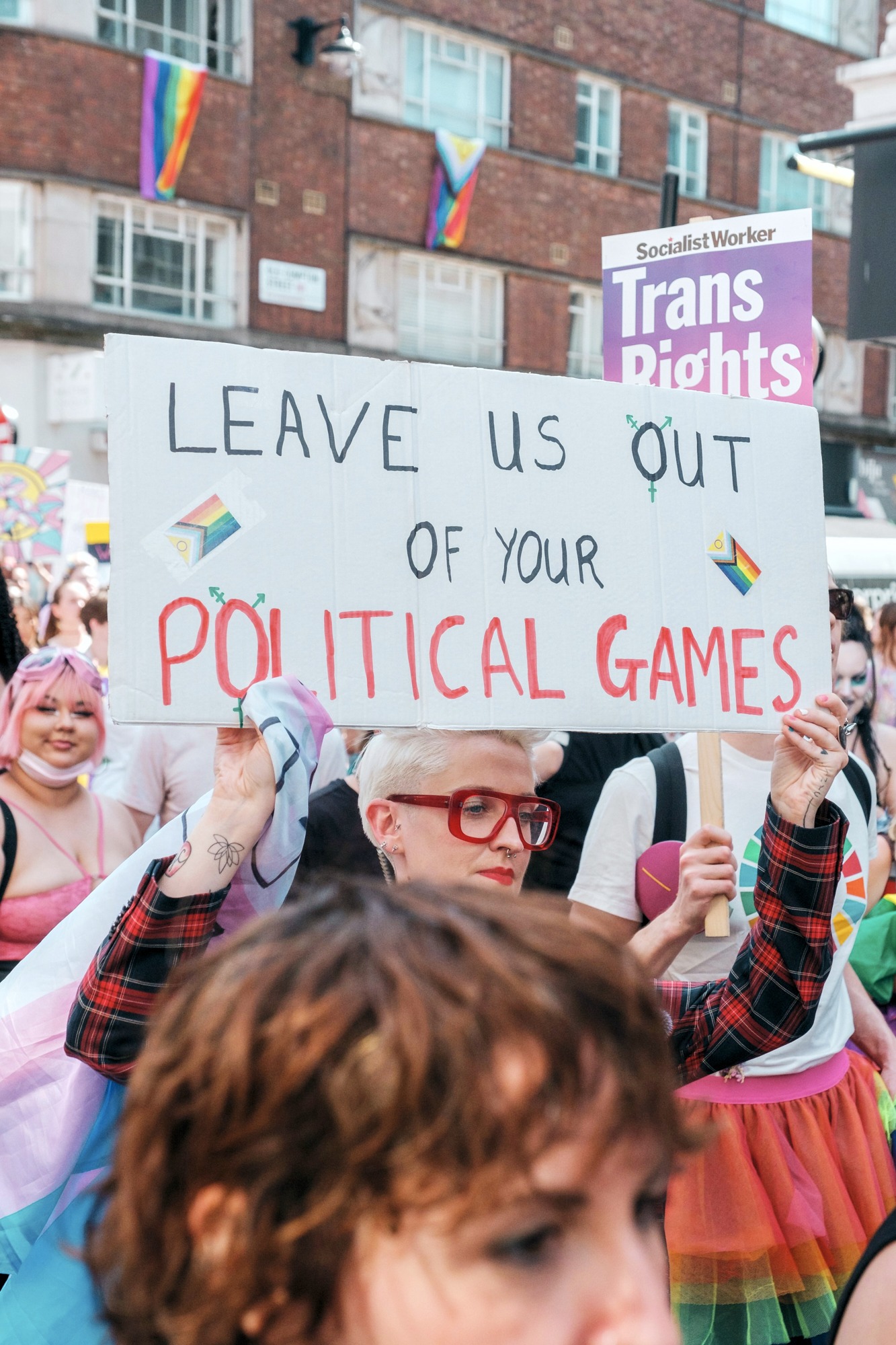
The erasure is not random housekeeping. It’s clearly part of a calculated effort to purge recognition of queer people, spaces, and issues. This administration came for LGBTQ+ visibility with a simple yet far-reaching strategy: erase, delete, and ignore. The Census Bureau has already removed gender identity questions from the Household Trends and Outlook Pulse Survey and requested permission to delete such items from other monthly surveys. On the Survey of Sexual Victimization, gender identity questions have been completely taken out, and the word “gender” has been replaced with “sex.” This aligns with Trump’s executive order narrowly defining sex as male or female, effectively outlawing recognition of what officials dismiss as “gender ideology.” Essentially, Trump is saying a big “NO” to trans rights and visibility, as well as queer rights in general.
This strategy of erasure echoes history. Minorities have historically had to fight for visibility in the United States, and these fights often come at a high cost. Unfortunately, when public institutions stop asking who people are and start hiding or ignoring them instead, those people disappear statistically. How then does an invisible community prove discrimination, track health concerns, and allocate resources for development?
Cultural Silencing
Public cultural institutions like monuments, museums, and arenas are places of entertainment, comfort, and identity affirmation. When queer content is excluded from these sites, it does not just affect queer people; it erases collective cultural memories.
Trump has been vocal about his intentions to erase the performance of queer art from the Kennedy Center, which is one of the busiest performing arts centers in the country and is often described as “America’s cultural living room.” Early this year, the Center saw the cancellation and relocation of various pride events already scheduled to be held there. When an organization like the Kennedy Center that is supposed to embody national identity excludes queer stories, it sends a rather chilling message about whose art and history is deemed worthy of celebration in America.
Additionally, the Stonewall Monument’s website has been altered to read “LGB,” with the deletion of “T+.” These actions are clear attacks against LGBTQ+ visibility, because they’re not just cancellations or edits; they are harmful actions that erase real people.

For queer artists, exclusion from spaces like the Kennedy Center has ripple effects. These venues do not just provide performance stages; they also serve as platforms of legitimacy, gateways to funding, and archives of cultural memory, especially for queer people. Performance here is not only about art, it’s also about who gets to define “American culture.” So when queer people are not allowed to perform and express themselves using these platforms, the message being sent is that they do not form a part of American culture, which is effectively an erasure of queer art and queer contributions to American arts and entertainment.
Representation in the arts has always been central to movements for equality, and silencing artistic voices in any movement undermines both the history of the people and the progress they intend to make. Removing LGBTQ+ visibility and influence from artistic spaces sends a message that LGBTQ+ art and by extension, LGBTQ+ lives, do not belong in America’s story.
Education as a Battleground: DEI, Snitch-Forms, and Curricular Erasure
According to Gay, Lesbian & Straight Education Network’s 2019 National School Climate Survey, only 19.4 percent of LGBTQ+ students reported being taught positive representations of LGBTQ+ people, history, or events. Earlier this year, the Department of Education launched a public portal (snitch form), where parents and students are to report Diversity, Equity, and Inclusion (DEI) programs run by public schools.
As writer and activist Audre Lorde once said, ‘Your silence will not protect you.’ For queer Americans, the past decade has underscored that truth. In the face of state-sponsored invisibility, the community’s insistence on visibility is both radical and necessary.
While it has been framed as a matter of fairness, this “snitch form” initiative clearly targets programs that center minorities, including LGBTQ+ students, histories, and identities. The effects were immediate. Some schools canceled Pride Month events or removed LGBTQ+ books from libraries for fear of becoming targets. Queer students reported feeling unsafe, unseen, and unsupported. All these came at a time when youth suicide rates among LGBTQ+ teens were already disproportionately high.
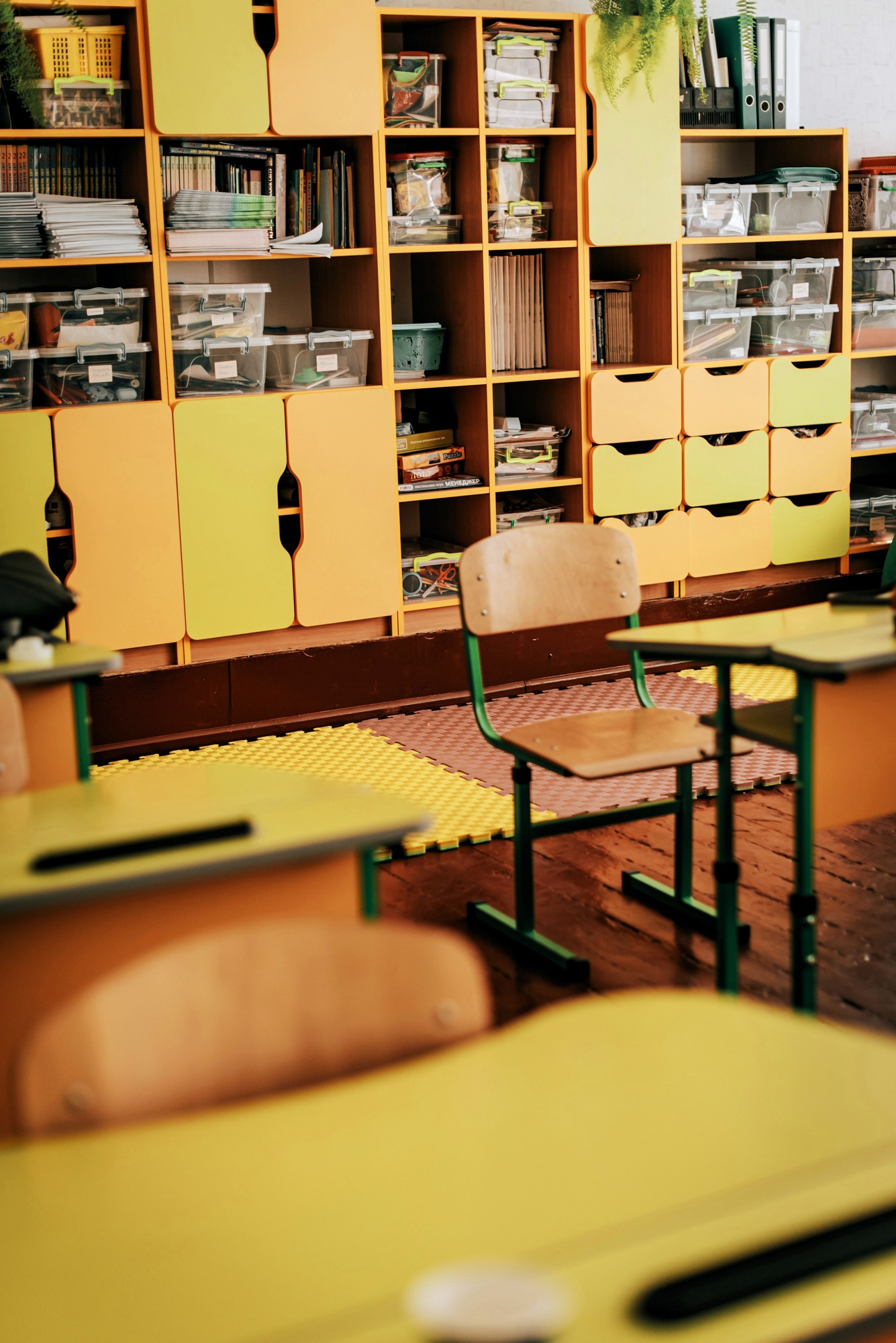
This attack against LGBTQ+ visibility and DEI in general discourages teachers from including LGBTQ+ topics in curricula and pressures schools to self-censor. State education agencies have also been forced to certify, under threat of funding cuts, that they do not run any “illegal DEI practices.” We now live in a reality where diversity, equity, and inclusion can be considered illegal.
The government has put the educational system under surveillance, and it has the public doing the surveilling. These measures, from the snitch forms to the censoring, do nothing but harm queer communities, especially the young members, put fear in the minds of well-meaning teachers and administrators, and discourage even modest efforts to affirm LGBTQ+ visibility among younger people.
Community Resilience: Refusing to Disappear
Despite these assaults, queer communities are fighting back, leveraging art, protests, and digital platforms to maintain visibility. Various grassroots organizations have launched archiving projects to preserve LGBTQ+ history and the deleted federal resources, ensuring that health information and legal guidance remain accessible. Digital activists have also created “mirror sites” and repositories of LGBTQ+ materials that have been removed from government pages.
Unfortunately, when public institutions stop asking who people are and start hiding or ignoring them instead, those people disappear statistically. How then does an invisible community prove discrimination, track health concerns, and allocate resources for development?
Visibility in art is, in itself, a form of protest. Every performance, every exhibition, and every story asserts presence against silencing. LGBTQ+ visibility is being ensured by queer artists who are turning their stages into platforms for resistance.
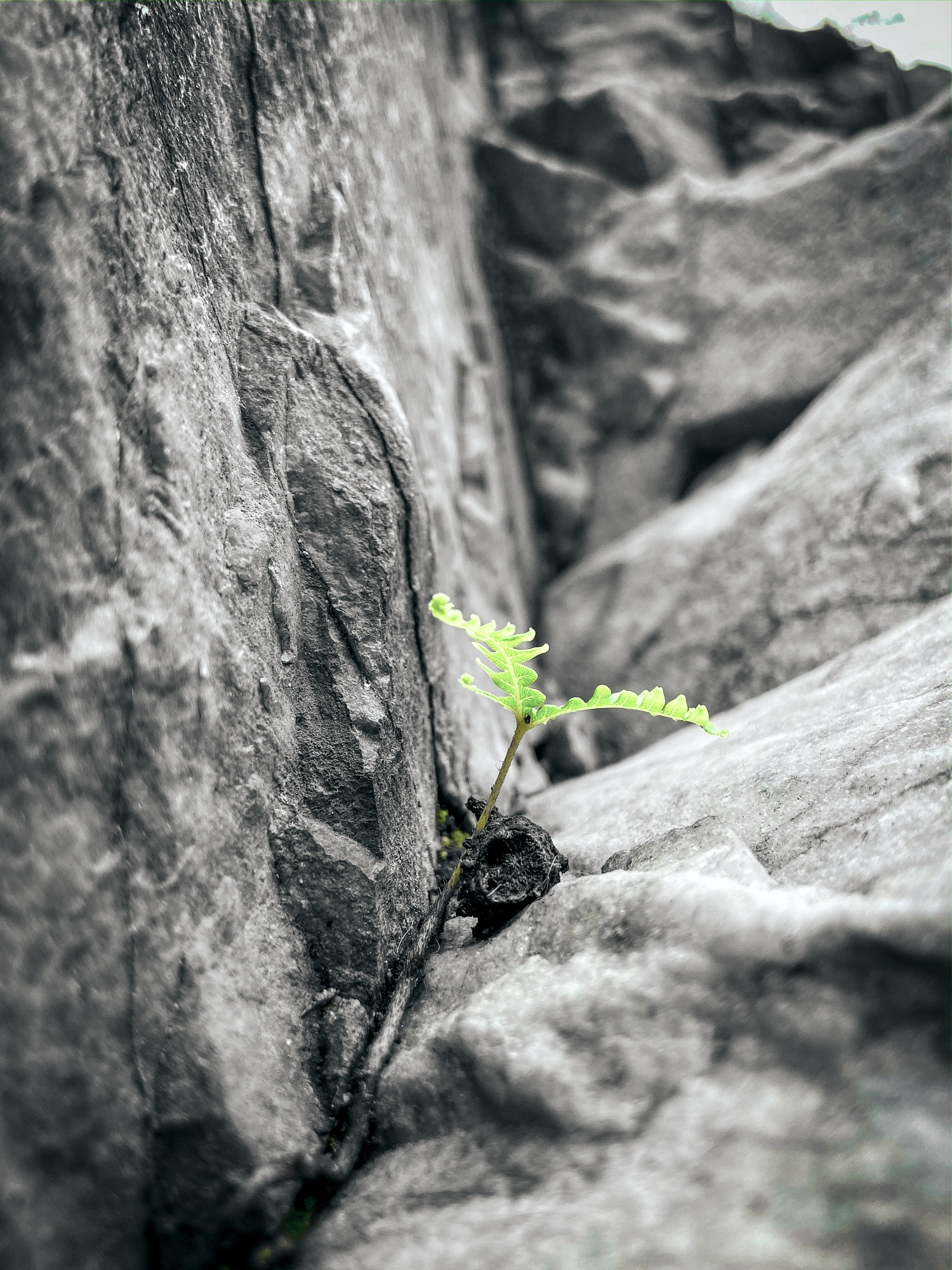
Advocacy groups like Gay & Lesbian Alliance Against Defamation’s Trump Accountability Project are also ensuring political resistance to the erasure by meticulously documenting over two hundred attacks on LGBTQ+ people and policies during the Trump era. By tracking each action, these activists have created a public record. Mutual aid networks are also providing queer youth with housing, healthcare, and support at a time when official protections have been taken away.
Conclusion: Why LGBTQ+ Visibility Matters
When the government begins to select who it will acknowledge, the most vulnerable demographics feel the effects first.
As writer and activist Audre Lorde once said, “Your silence will not protect you.” For queer Americans, the past decade has underscored that truth. In the face of state-sponsored invisibility, insistence on LGBTQ+ visibility is both radical and necessary.
For those outside the US, this battle may seem distant, but it’s really not. America’s cultural and political influence tends to shape global norms. When queer visibility is under attack in Washington, ripple effects reach far beyond its borders.
More by this author
The Wrap
- LGBTQ+ visibility is being erased through executive orders, censored websites, and the removal of queer-focused data from federal tools.
- Public cultural institutions like the Kennedy Center and Stonewall Monument have altered or canceled queer programs in recent months.
- The Department of Education introduced a “snitch form” to target DEI and LGBTQ+-inclusive programming in schools, discouraging teachers and harming students.
- Removing queer content from curricula and public spaces devalues LGBTQ+ contributions and fuels feelings of exclusion and erasure.
- Advocacy organizations are preserving visibility by archiving deleted materials, building mirror sites, and documenting political assaults.
- Queer artists, activists, and mutual aid networks are resisting through protest, performance, and community support.
- Defending LGBTQ+ visibility is essential not just for storytelling, but also for equality, safety, and survival in both policy and culture.
